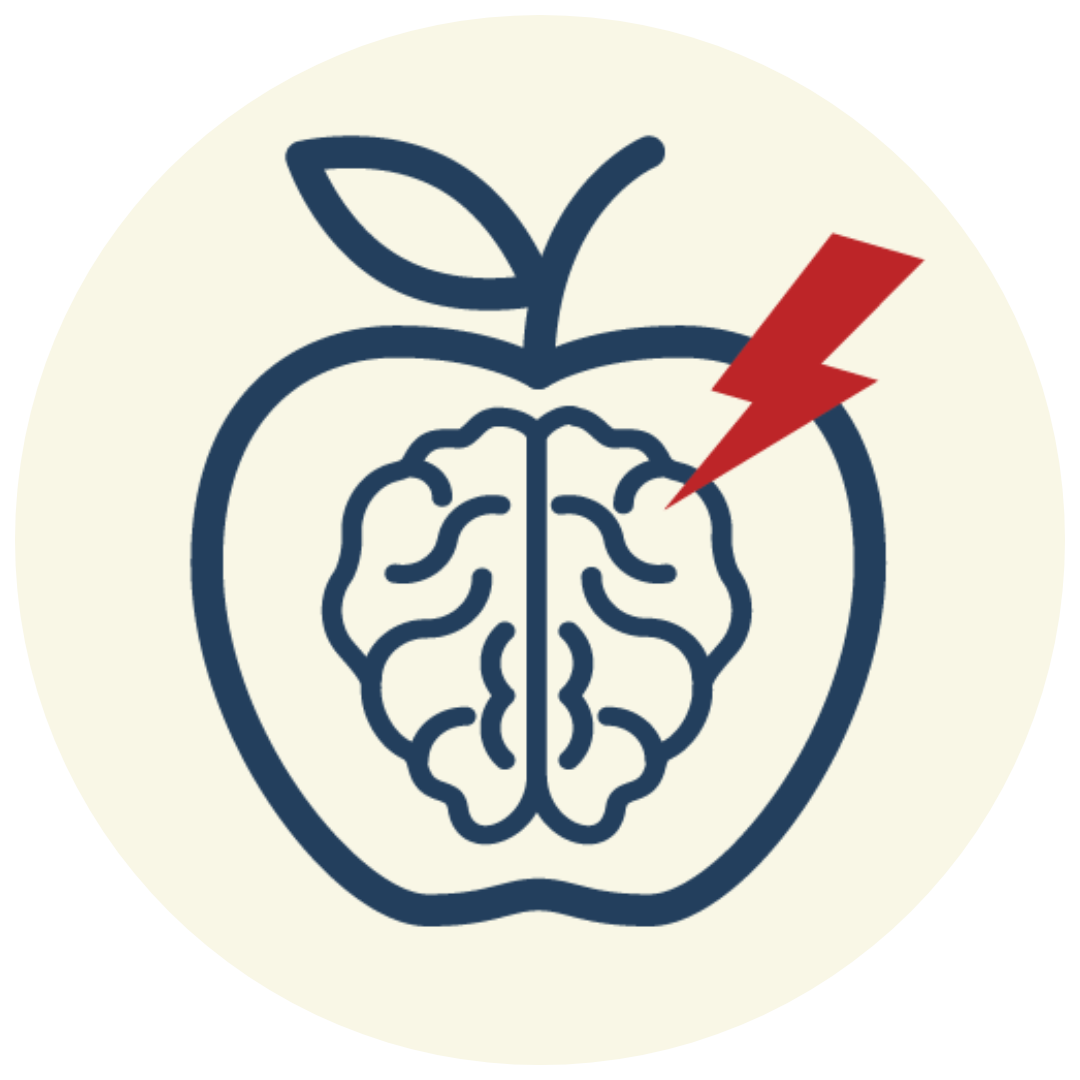Migraine Treatments for Youth - Noninvasive Neuromodulation Devices for Children and Adolescents with Migraine
Brought to you in partnership with Theranica
Migraine is one of the most common neurological conditions in children and can negatively affect a child’s quality of life. Parents and caregivers can help manage migraine in children through lifestyle changes, medications, and noninvasive treatments like neuromodulation devices.
The FDA has approved three noninvasive neuromodulation devices for the acute and preventive treatment of migraine in children and adolescents. Each is labeled as “minimal risk,” meaning no significant side effects are known or expected. Learn more about the neuromodulation devices for migraine below.
Nerivio REN wearable
The Nerivio REN wearable is a remote electrical neuromodulation device that is the only non-drug, FDA-cleared treatment for migraine patients as young as 8, allowing for early intervention with no systemic side effects.
The Nerivio REN wearable uses non-painful stimulation to harness the natural power of the brain to control migraine pain and symptoms without drugs, needles, or disruption. It is a 45-minute treatment used every other day for prevention or as often as needed for acute treatment. Controlled by a smartphone app, Nerivio treatment is as easy as placing the REN wearable on the upper arm, connecting the app, and pressing 'Start'.
The Nerivio REN wearable is:
FDA-cleared for ages 8 and above
Drug-free, needle-free
Discreet and suitable for any setting, whether at home, in the classroom, or during extracurricular activities
Effective for both preventive and acute treatment
Treatment is safe and well-tolerated
The Nerivio app also provides a unique audio-visual feature for behavioral therapy and education called Guided Intervention, Education, and Relaxation (GIER). This feature is designed for optional use in conjunction with Nerivio treatments. It offers a comprehensive library developed by leading headache psychologists and is available for free to enhance your Nerivio treatments.
Nerivio is proven to empower children and teens to consistently and effectively manage migraine, giving them more control over their daily lives.
Learn more about the Nerivio REN Wearable and ask your healthcare provider if Nerivio is right for you.
gammaCore
gammaCore non-invasive vagus nerve stimulator (nVNS) activates the vagus nerve with gentle electrical stimulation through the skin to prevent and relieve headache pain without surgery.
The vagus nerve is the “superhighway” of the nervous system. This vital highway sends communications between your brain and many parts of the body.
gammaCore is FDA-approved for the acute and preventive treatment of migraine in children ages 12 and up.
SAVI Dual sTMS Therapy
sTMS is a patented dual migraine therapy that directly targets and signals the brain to quiet the hyperactive nerves thought to be the source of migraine.
sTMS delivers single low-frequency electromagnetic fields that pass painlessly through bone and tissue. These non-invasive pulses signal the brain to calm hyperactive nerves and return to a natural state. This is often called Single Pulse Transcranial Magnetic Stimulation (STMS).
sTMS is approved for the acute and preventive treatment of migraine in children ages 12 and up.
A neuromodulation device for migraine can be an effective tool. However, using these devices during the school day may require preparation and advocacy. To help children with migraine use their neuromodulation device at school, consider requesting Section 504 accommodations. Section 504 ensures public schools provide support for students with disabilities or medical conditions, including migraine.
Using Neuromodulation Devices for Migraine at School
Neuromodulation devices like the Nerivio REN wearable offer a discreet way for students to manage migraine symptoms. The Nerivio REN wearable can be worn between classes, during lunch, or even in the middle of class. Devices like gammaCore and SAVI Dual may require a visit to the nurse's office, giving students a chance to take a quick break for treatment.
To help the student get the support they need, follow our step-by-step guide to request Section 504 accommodations for migraine from their school. Here are some examples of accommodations that may be helpful for a children with migraine using a neuromodulation device:
Permission to carry and use a neuromodulation device for migraine as needed, even during class;
Access to a quiet, dimly lit room for recovery.
Extensions for missed assignments after a migraine attack.
Permission to leave class or visit the nurse without prior explanation.
It is important to encourage children with migraine to advocate for themselves. Knowing they can use their neuromodulation device when needed can help reduce their stress and anxiety during the school day.
Children with migraine may struggle with their schoolwork, mental health, and well-being. Early diagnosis and effective migraine treatment are important, giving kids the tools to manage their migraine disease and enjoy a better quality of life. Effective pediatric migraine management is now more accessible than ever, with non-invasive treatments like neuromodulation devices for migraine. These migraine treatments, like Nerivio REN wearable, gammaCore, and SAVI Dual sTMS Therapy offer hope and relief to children with migraine and their families.
A strong partnership between families and schools is essential in creating a supportive environment where children with migraine can manage their condition effectively and with confidence, particularly in the classroom. Migraine at School provides free, valuable resources designed to assist both parents and educators in this effort.
Navigating migraine in children can often feel isolating, but you’re not alone. Countless parents and caretakers are facing these same challenges, seeking the best ways to help their children lead more comfortable lives. If you wish to connect with other people who understand your journey, join our parent peer support group.
Learn more at Migraine Treatment for Children.
The information provided in this blog post is for educational purposes only and does not constitute medical advice. Always consult a healthcare professional for diagnosis and treatment.


